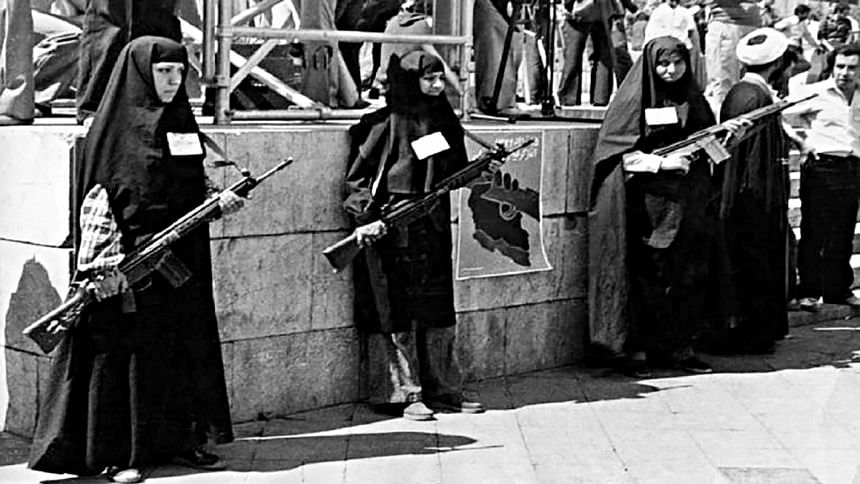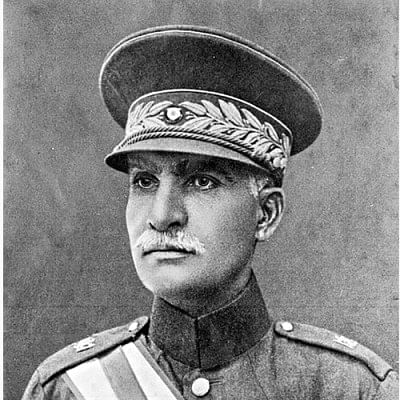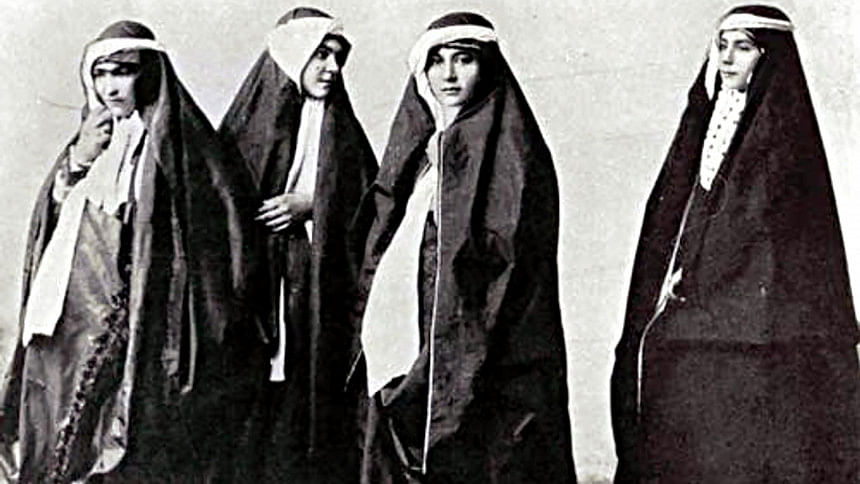The history of hijab in Iran

This is not the first time when a woman has been assaulted in Iran for not wearing a hijab properly. Many such cases have come to light, while many still are unreported. Women in Iran have been protesting against these cruelties, for a long time. But it was always not the case. Women in Iran have also donned hijab as a symbol of resistance against oppression, monarchy.

REZA SHAH AND MODERNIZATION OF IRAN
At the end of the 19th century landowners, merchants, intellectuals and Shia clerics had a significant influence on Iranian society. They came together in the constitutional revolution but failed to overthrow the Qajar regime.
However, this revolution led to the rise of General Reza Khan, the commander of the elite Persian Cossack Brigade (also the founder of the Pahlavi Dynasty). In 1925, with the help of the United Kingdom, he came into power and established a constitutional monarchy.
Reza Shah was heavily influenced by the UK and USA. Years after reigning in Iran, he introduced a lot of social, economic, and political reforms. He replaced Islamic laws with the western laws of modern times.
He put a ban on Islamic clothing, separation of the sexes, and veiling of women's faces with hijab or burqa. Reza Shah was so committed towards these reforms that in 1936, he implemented Kashf-e-Hijab.
That is, if a woman wears a hijab, the police have the right to remove it. Behind all this reform, his major aim was to weaken the influence of conservatives in society, who collectively supported the traditional belief system.
The shah regarded Iranian hijab and traditional costumes as a sign of 'backwardness,' and tried also to compel men to wear what he regarded as 'western' costumes and hats.
The religious establishment which saw, and still sees, the unveiling of women as a blow to its values and power, strongly opposed the decree and Reza Shah's other attempts at modernization.
Implementation of the ban eased, and many women went back to traditional ways of dressing when Reza Shah went into exile in 1941 due to his German sympathies and under British pressure for the succession of his son Mohammad Reza Shah Pahlavi.
He was also greatly influenced by western culture. For aggressive modernisation of the country, he launched the 'White Revolution' in 1963 giving women the right to vote. In 1967, Iran's personal law was also reformed in which women got equal rights. The age of marriage for girls was also raised from 13 to 18 years and abortion was also made legal.
In the last few years before the Islamic Revolution of 1979, wearing headscarves became popular among those in the younger generation who often saw it as a means to express their political opposition to the monarchy and its westernisation of the Iranian society.

RISE OF CONSERVATIVES AND ISLAMIC LAW
Shia religious leader Ayatollah Ruhollah Khomeini opposed these policies of Shah. He became a prominent face in opposition to the White Revolution in 1963. He was arrested two times and sent into exile for 15 years.
The collapse of the economy paved way for dissent.
Away from the public view, Khomeini preached the idea of the Islamic Republic, sharia law, and the idea of an Islamic government through books and cassettes. In 1978, under his leadership, two million people gathered at Shahyad Chowk, in Tehran to protest against Shah. Interestingly, women in large numbers also took an active part in this revolution.
In 1979, fearing execution, Reza Pahlavi fled the country and Iran became the Islamic Republic. Khomeini was made the Supreme Leader of Iran.
Women's rights were plundered at the onset of the Khomeini regime. In 1981, the use of cosmetic products was banned, and in 1983 wearing the hijab became mandatory. The Islamic government abolished the reforms of the Family Protection Law of 1967 and the age of marriage for girls was reduced from 18 years to 9 years.

 For all latest news, follow The Daily Star's Google News channel.
For all latest news, follow The Daily Star's Google News channel. 



Comments